
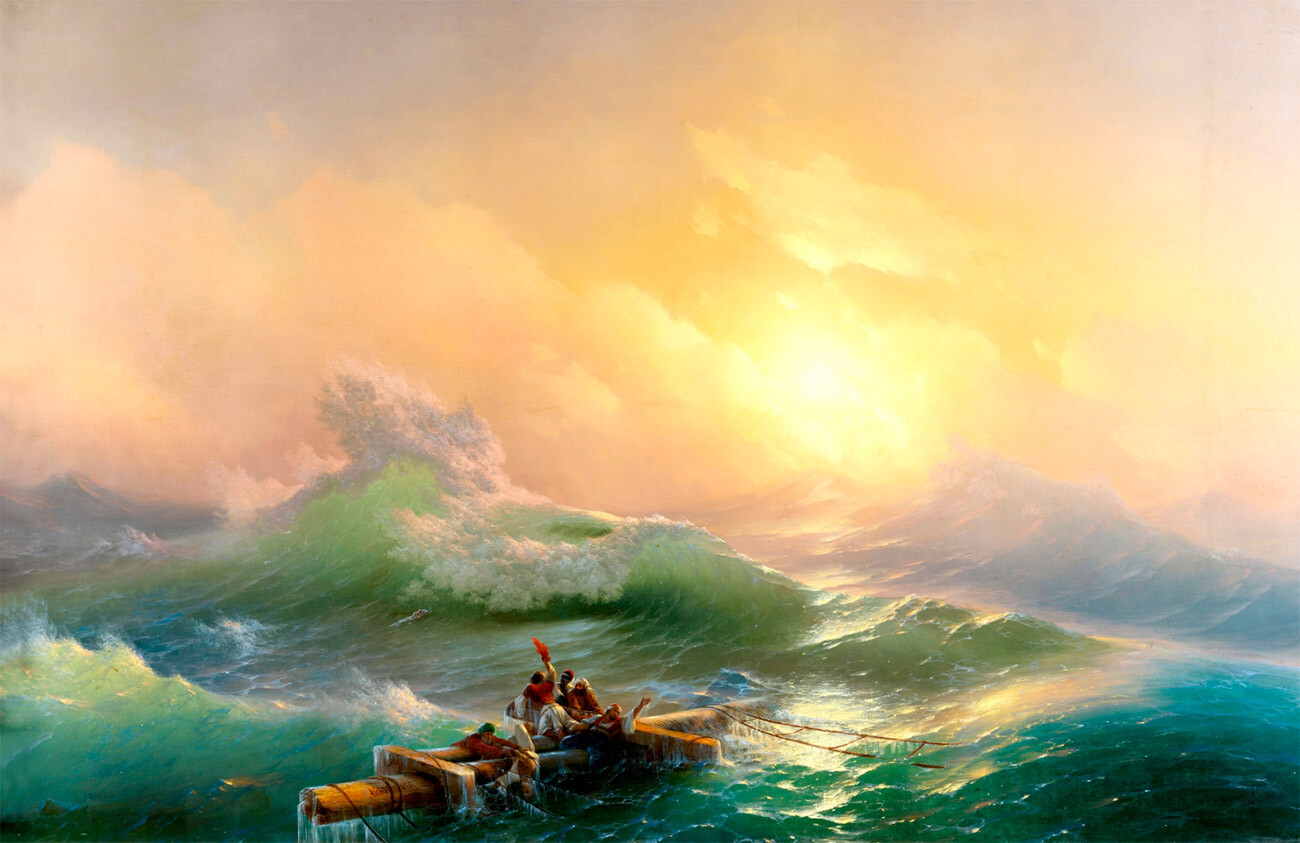
A dozen of them communicate with three oceans, while one, the Caspian Sea, is considered closed. Two informal seas, the Shantar Sea, which is part of the Sea of Okhotsk and the Pechora Sea, an area of the Barents Sea, are also included.

In the Northern Capital, there are about 800 (!) of them, including pedestrian bridges, as well as 18 drawbridges. Venice, meanwhile, only has 472 bridges.
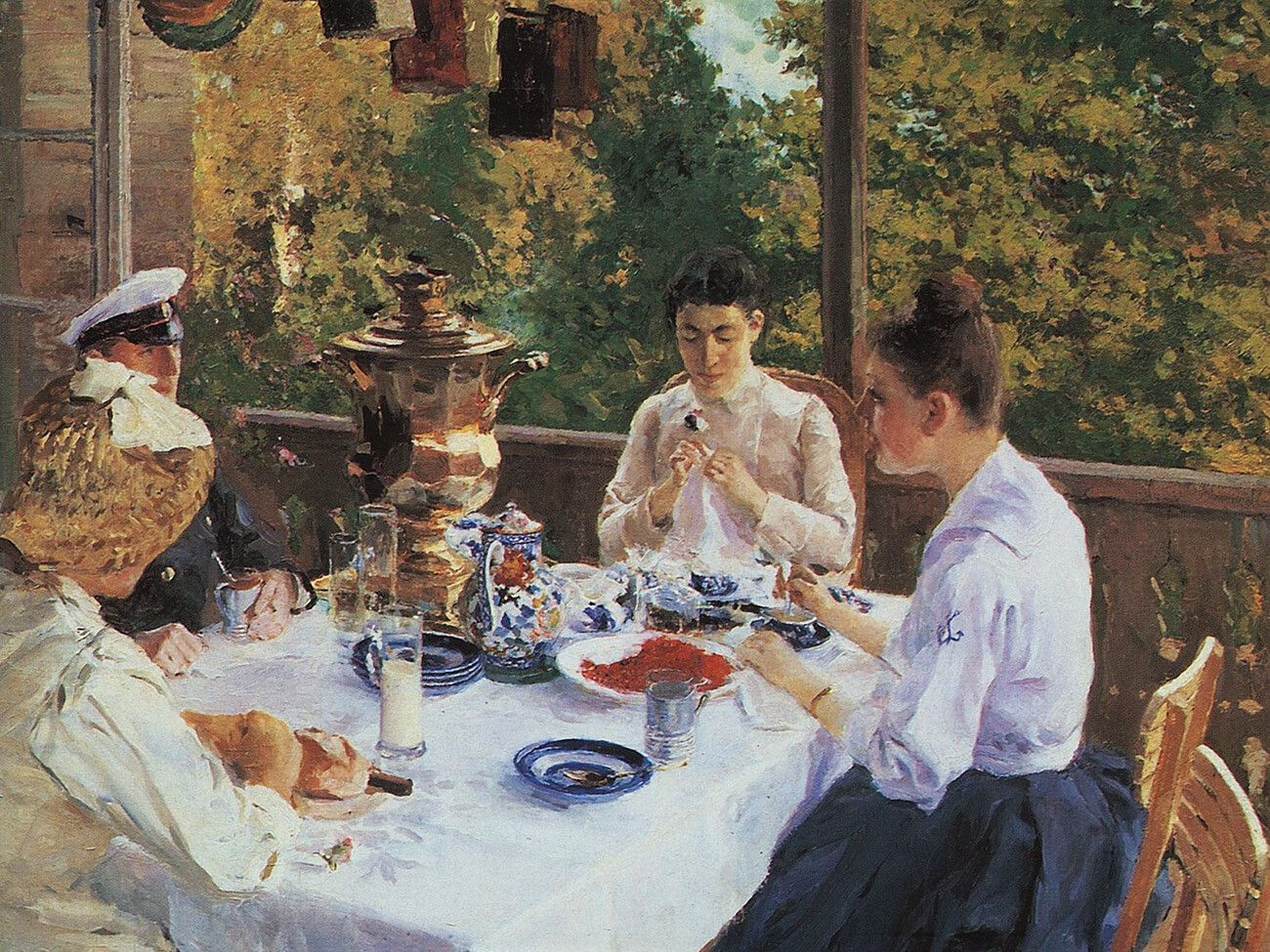
Peter I, as a reward, gave his associates land on which they could build estates. This was done so they could live near St. Petersburg and come to the court when necessary. They were considered the first ‘dachas’. And this word acquired its modern meaning much later, when countryside housing for the summer season began to gain in popularity.
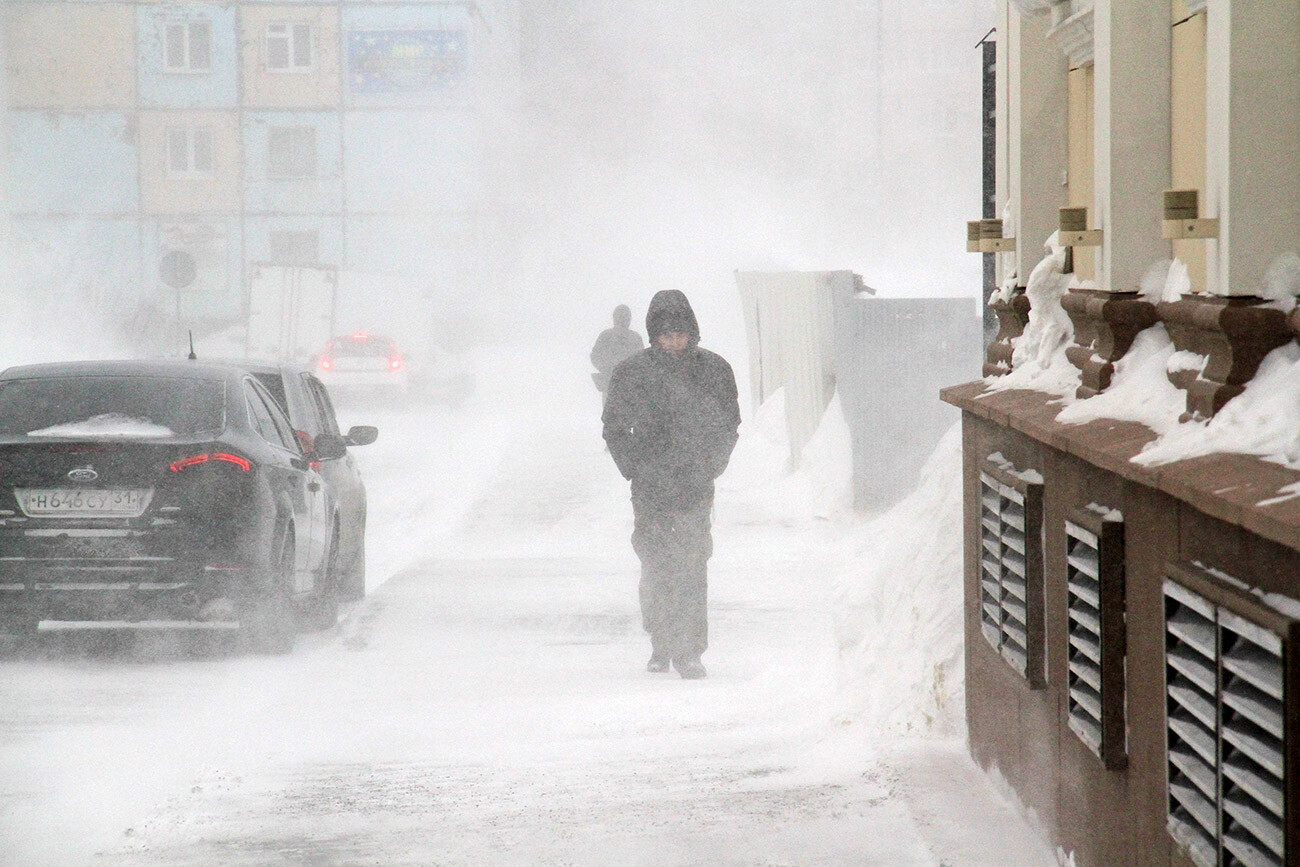
If there is a place from where you can easily fly to the Magic Land to visit the Lion, the Tin Man and the Scarecrow, it is Cape Taigonos in Magadan Region. Even its name translates as “forbidden land”. In 2011, a blizzard raged there for three days with hurricane-force winds that reached 208 kilometers per hour. The residents of Chukotka are no strangers to terrible winds: in the Pevek area, a southerly wind blows, which they call ‘yuzhak’ - gusts of this strong wind reach up to 288 kilometers per hour (179 mph)!

The northern city would become the first to begin building single-vaulted deep stations - for example, ‘Polytechnicheskaya’, which opened in 1975, is at a depth of 65 meters. And if you find yourself at the ‘Admiralteyskaya’ station, listen to your feelings - it is at a depth of 86 meters!
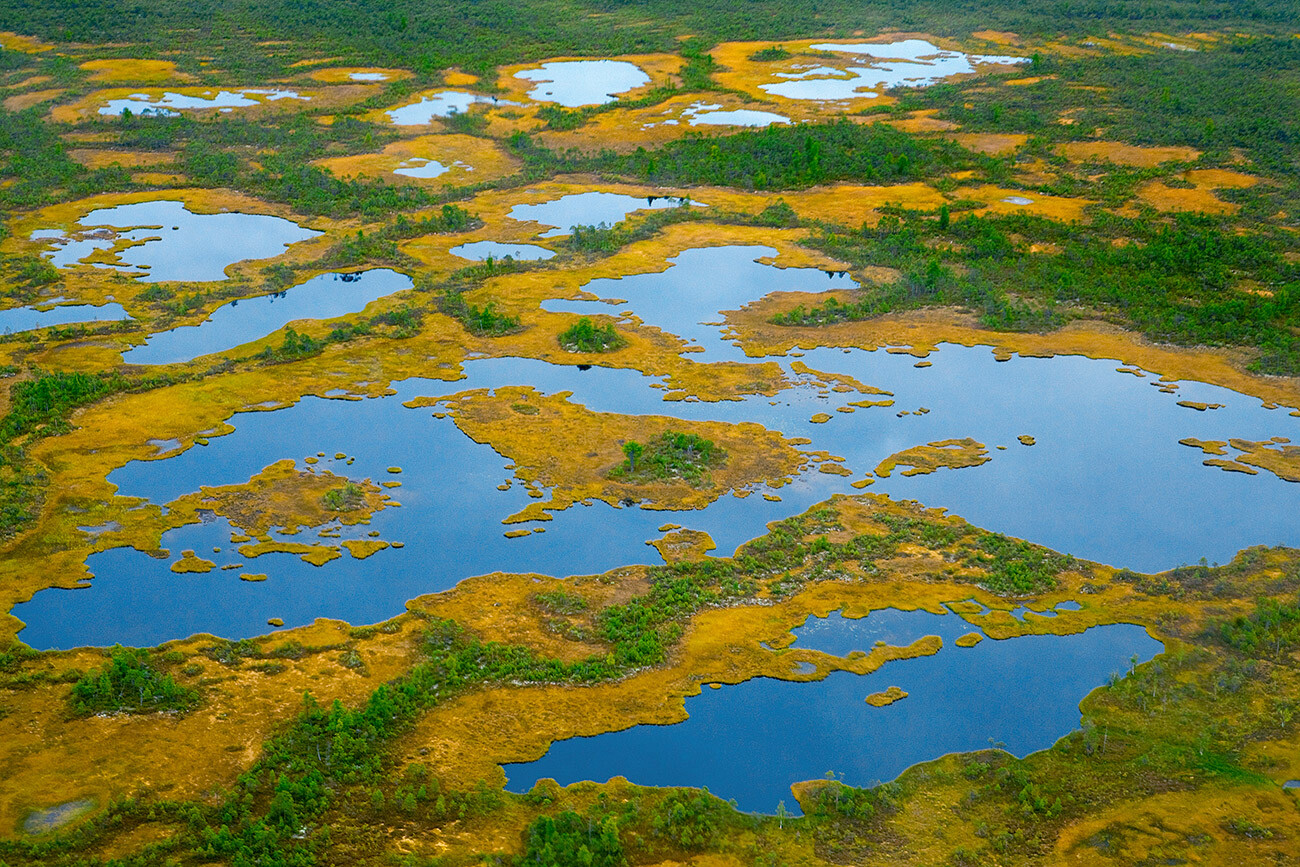
Its area is about 53 000 square kilometers and it is located on the territory of four regions - Tomsk, Tyumen, Omsk, Novosibirsk and Yugra. Moreover, the Vasyugan swamp is constantly growing. It is also home to many animals, such as reindeer and peregrine falcons.

Forty years ago Alexei Pazhitnov, a programmer at the Computer Center of the USSR Academy of Sciences, invented a game for the ‘Electronics-60’ personal computer based on pentominoes - a puzzle with five-square pieces that must be arranged in a certain shape and placed. This is how ‘Tetris’ appeared: first it was played in the Soviet Union and then, soon after, all over the world!
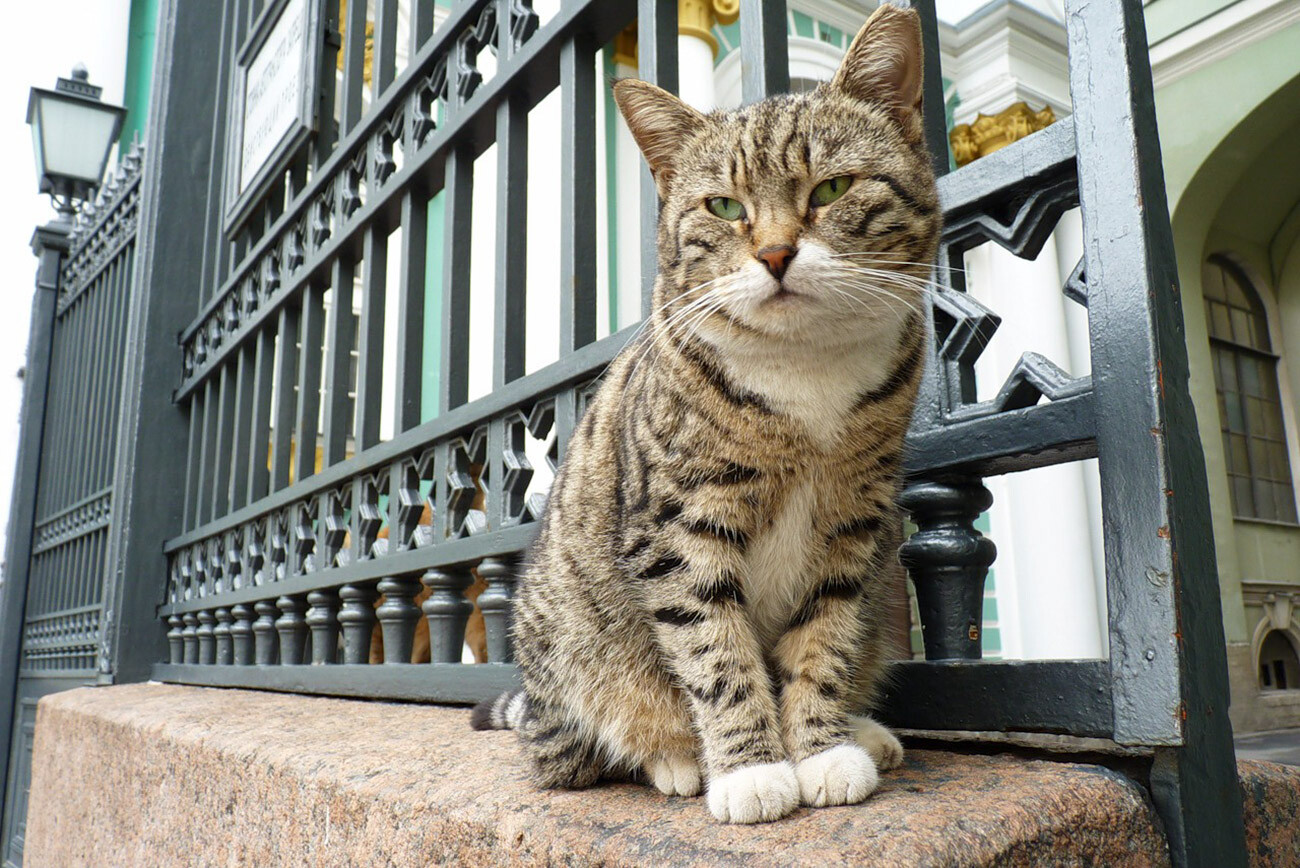
What? Yes! The first tailed inhabitants of the Winter Palace appeared under Elizabeth Petrovna: they came from Kazan to fight rodents. They remained there under Soviet rule: the animals died during the siege in World War II, but, after the war, new cats were brought to the Hermitage from Tyumen. Since then, they have been living in the museum - in a large ‘cat basement’, doing the important work of protecting masterpieces of art from pests. The museum currently has 50 tailed “employees”.
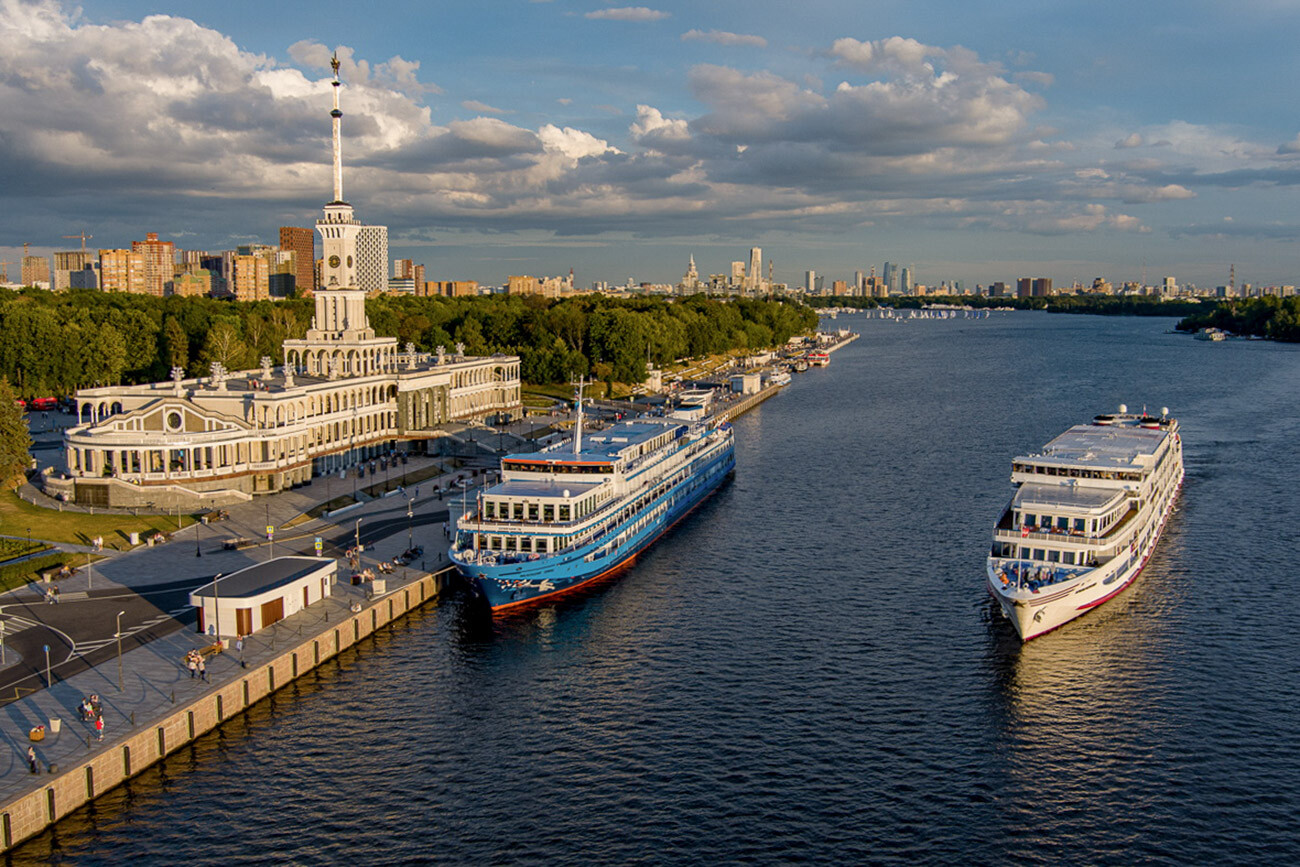
The journey is not short, but it is worth it. Starting from the Moscow River and heading along the Moscow Canal and then to the Volga River, Rybinsk Reservoir, Volga-Baltic Canal, Onega Lake, White Sea-Baltic Canal and, finally, the White Sea - after which you will find yourself in the waters of the Arctic Ocean!
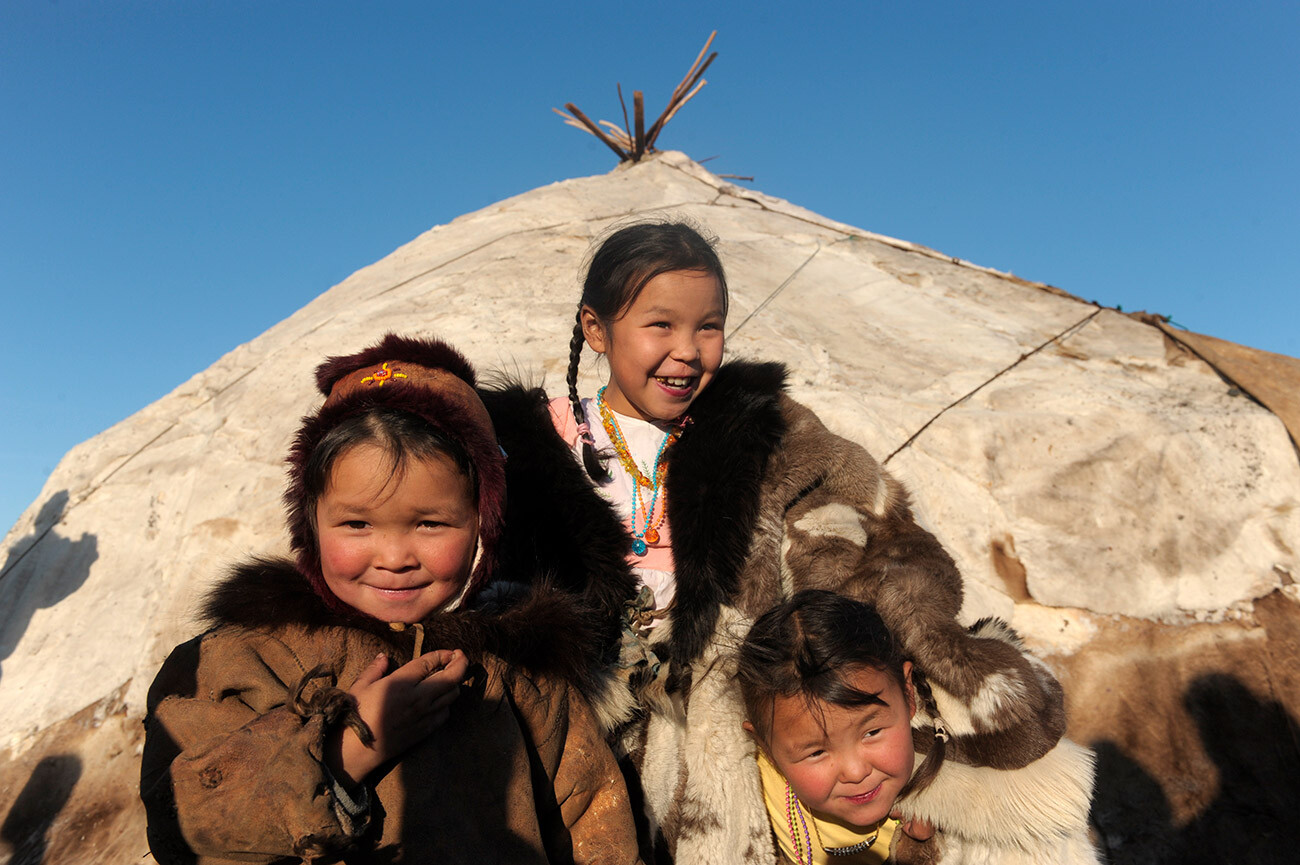
In the north alone, ie. in Siberia and the Far East, there are as many as 40 small indigenous peoples. For example, the Khanty, Evenks, Eskimos, Nivkhs and others. Another seven small-numbered ethnic groups live in other regions, including the Udmurtia, Leningrad, Pskov and Chelyabinsk regions North, as well as Krasnodar Territory.
Dear readers,
Our website and social media accounts are under threat of being restricted or banned, due to the current circumstances. So, to keep up with our latest content, simply do the following:
If using any of Russia Beyond's content, partly or in full, always provide an active hyperlink to the original material.
Subscribe
to our newsletter!
Get the week's best stories straight to your inbox